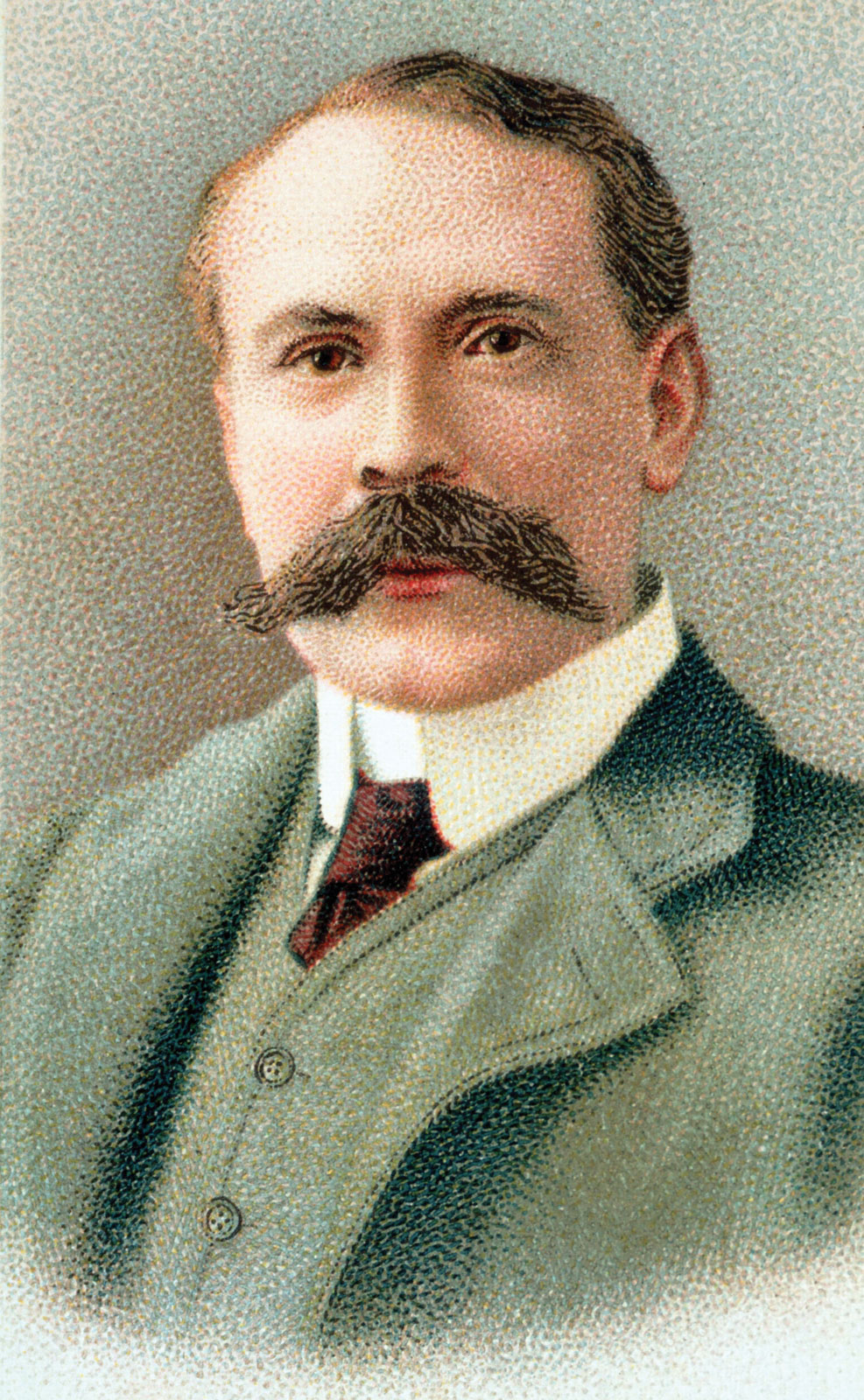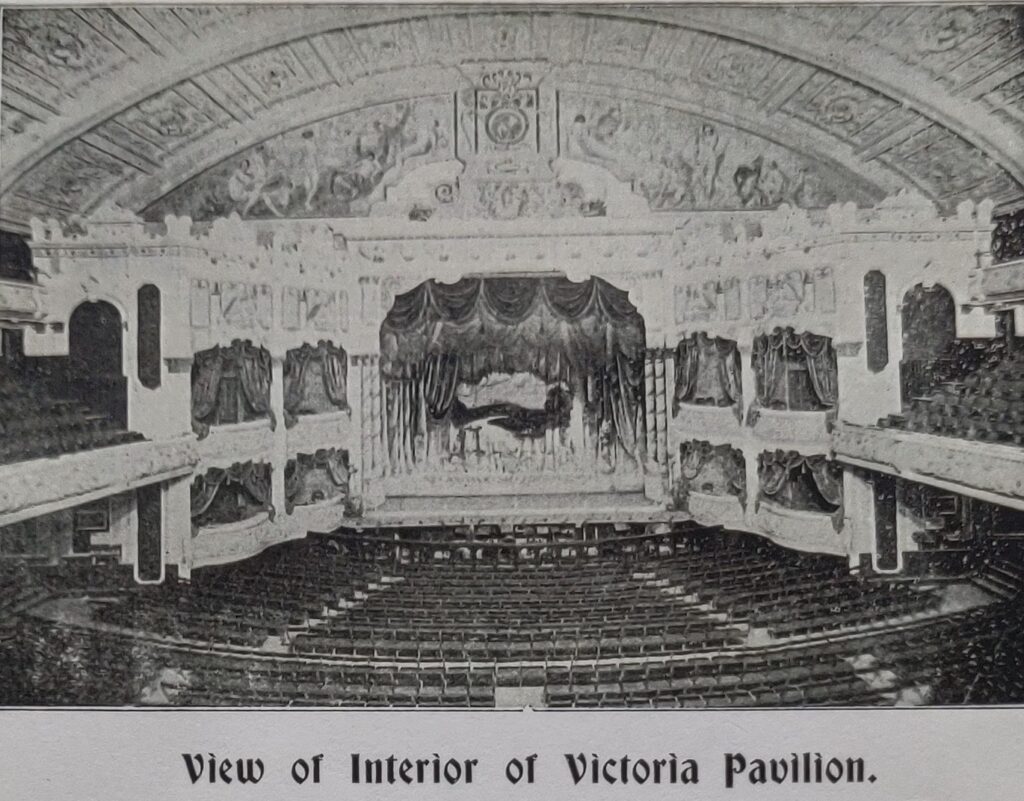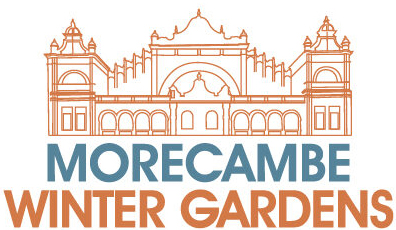Classical Music
Classical Music at the winter gardens
Morecambe Musical Festival was disbanded in 2004, shortly after its 100th gathering. The Festival began in 1893 through the efforts of the Rector of Holy Trinity Church, Charles Vincent Gorton and bank manager Robert Howson. Howson was also the organist at St Laurence’s Church in Morecambe and conductor of the town’s Madrigal Society.
The Festival grew rapidly so that by the time one of its adjudicators, WG McNaught wrote to Edward Elgar inviting him to attend and consider composing a piece for the competition, he was able to promise 3,000 competitors and a hall (the Winter Gardens) with a 5,000 capacity.
With many of his better known works complete, Elgar nonetheless agreed to McNaught’s proposal and became a regular at the Festival, attending 4 times (in 1903, 1904, 1906 and 1907). He also delivered an original part-song for the 1903 Festival, a setting of Weary Wind of the West by the Manx poet, Thomas Edward Brown.

Edward Elgar
Alice Elgar wrote in her diary of a ‘Wonderful evening, huge hall crowded, music beautiful’ and of the new song ‘Weary Wind most beautiful’. Elgar’s friend AJ Jaeger (Nimrod in The Enigma Variations) wrote of the setting as ‘a perfect gem of a picture’.
The Morecambe Festival clearly made an impression on Elgar for he commented in a letter to The Musical Times in July 1903 that ‘the living centre of music in Great Britain is not in London but somewhere further north.’
There were other Morecambe songs, premiered at the Festival though not specifically written for it. A setting of Tennyson’s There is sweet music was dedicated to the Rev Gorton while Evening Scene was dedicated to Robert Howson who died in 1905. Other Morecambe songs were My love dwelt in a northern land and As torrents in summer.
Elgar’s Morecambe songs still have currency. There is sweet music opened a promenade concert in 2017 while all 5 songs were performed along with a piece by contemporary composer Howard Haigh in a concert by the Crouch End Festival Chorus at the Queen Elizabeth Hall in 2006.
The Morecambe Festival which grew to span a whole week included speech, drama and dance as well as instrumental classes and singing. The Festival also included adult and children’s classes, the latter involving local schoolchildren.
The choral competition for the Festival Rose Bowl was keenly contested. Choirs competed regularly from Southport, Blackpool, Kendal, Burnley and the Isle of Man as well as Morecambe. Choirs from further afield included ones from Hanley and Nottingham.
The Festival overlapped with the formation of some of Morecambe’s musical societies. Morecambe Warblers presented The Canary Birds in the Winter Gardens in 1897 while Morecambe Amateurs staged their first production, Mandarin, in 1903.

Morecambe's Nights At the Opera
With peter wade
Morecambe grew rapidly at the end of the Victorian era with its Summer Gardens of 1877, People’s Palace, its twin pier pavilions, the Alhambra and, bringing up the rear, the Tower of 1909. Among these too was the seafront Victoria Pavillion (the Winter Gardens of 1897) and the Royalty Theatre and Opera House of 1898. The latter was designed by the renowned theatre architect, Frank Matcham, occupying an awkward corner site at the top of Cheapside.
While the standard musical fare of the day ran to light opera, something more substantial was on offer at the annual musical festival. Over the years the panel of judges included such musical luminaries as Sir John Stainer, Prof Granville Bantock, Sir Thomas Beecham, Sir Malcolm Sargent and Dr Herbert Howells.
The best known of these was Sir Edward Elgar who wrote a setting of the poem Weary Wind of the West specially for the festival, as well as allowing several more songs to be premiered in Morecambe. The standard of competition clearly left its mark as Elgar famously commented in 1903 ‘the living centre of music in Great Britain is not in London but somewhere further north’.
During the years of the Second World War, Morecambe provided relative safety from German air raids, becoming a training base for RAF personnel and a haven for evacuees. The latter included adult civil servants as well as the more usual children and, as a result, Morecambe became known as Whitehall by the Sea.
One such civil servant was Annie Holmes whose diaries describe day-to-day life in wartime Morecambe. Despite the privations of rationing and occasional air raid warnings, Morecambe was otherwise open for business as usual, helping raise morale.
Plays at the Royalty or films at Morecambe’s many cinemas helped keep wartime spirits up as did concerts and shows at the Winter Gardens, a golden age meticulously recorded in Annie’s diaries – orchestral concerts by the Halle and Liverpool Philharmonic, the D’Oyle Carte Company with Yeoman of the Guard and The Gondoliers, Sadlers Wells with The Marriage of Figaro and Madame Butterfly – the last bringing half a dozen curtain calls.
Some of these shows are recorded too at Mrs Gerrards’ theatrical digs with the D’Oyle Carte Company in January 1943 and 1944, The Merry Widow in August 1944 and members of the Carl Rosa Opera Company with another Butterfly in February 1946 as well as the ever-popular Desert Song.
Butterfly here saw Dame to be, Joan Hammond in the title role alongside performances of Cavaliera Rusticana and I Pagliacci, all under the baton of Friday Night is Music Night favourite, Vilem Towski.
January 1946 also saw a recital by Lancashire’s Nightingale, contralto Kathleen Ferrier – ‘a voice of compelling beauty’ as it was described in the local press..
Based on blogs written by Peter Wade and published by Morecambe Heritage and Lancaster Vision, under the general title Morecambeology. Please see the following Morecambeologies for more detail of Morecambe’s operatic aspirations – nos 153, 304, 330 and 366.





